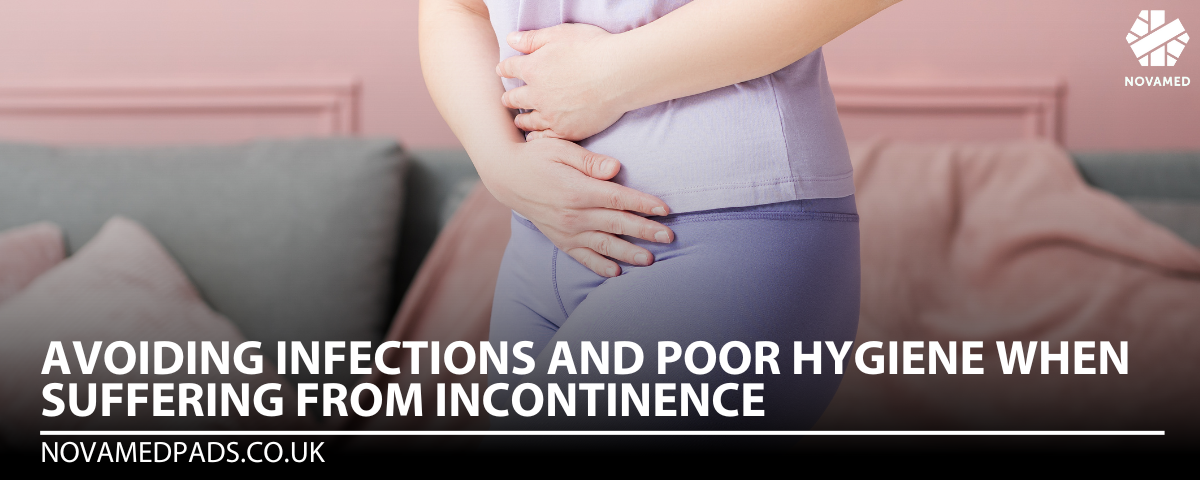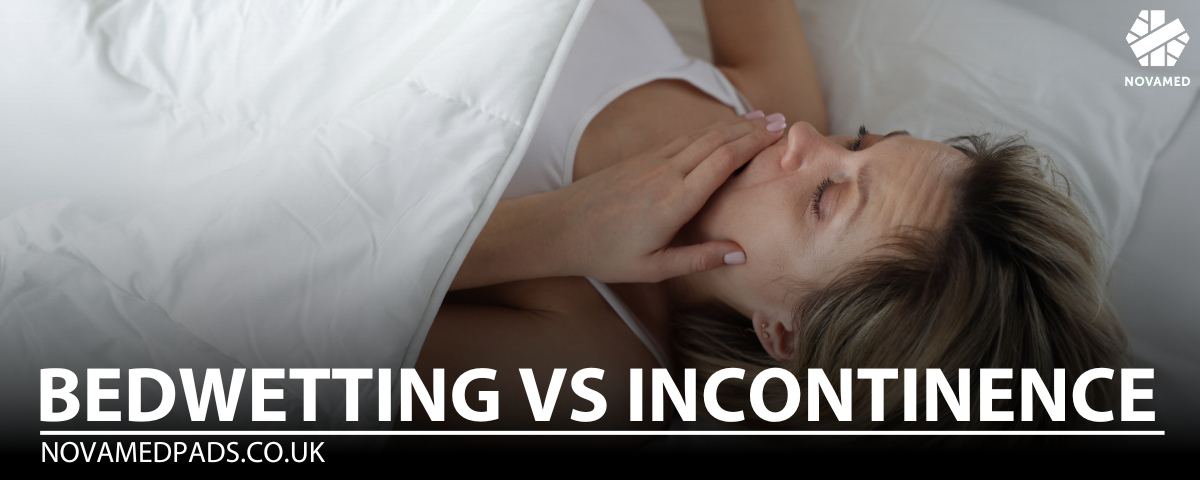
Avoiding Infections and Poor Hygiene When Suffering from Incontinence
While incontinence can be challenging to manage, the greater concern lies in the risk of infections and poor hygiene that can result if it is not properly handled. Incontinence-associated dermatitis (IAD) and other skin infections are prevalent complications, but with the right care and management strategies, these risks can be significantly reduced.
Why Hygiene Is So Important

When someone has incontinence, their skin is often exposed to moisture from urine or faeces. This can irritate the skin, weaken its natural barrier, and make it more likely to get infected. If hygiene is poor, these problems can become even worse, potentially leading to serious issues like pressure sores.
Research has shown that better care practices are needed. A study by Karen Van Den Bussche and her team at Ghent University developed a tool to help assess and improve care for people with incontinence. They found that only a small number of residents in nursing homes received the right prevention or treatment, highlighting the need for better hygiene and care practices (Van Den Bussche et al., 2023).
Tips for Managing Incontinence Hygienically
Taking care of incontinence involves several steps, including using the right products, regularly checking the skin, and keeping up with hygiene.
-
Use the Right Incontinence Products:
Choosing the right products is key to protecting the skin. Research by Luciana E Bostan and her team at the University of Southampton found that when incontinence pads are moist, they can harm the skin and cause inflammation. It’s important to use absorbent pads that keep the skin dry and to change them regularly to prevent moisture build-up (Bostan et al., 2023).
-
Check the Skin Regularly:
Regularly checking the skin is essential to catch any early signs of problems like IAD. A study by Nele Van Damme showed that frequent monitoring helps identify people who are at higher risk of skin damage, so they can get the care they need quickly (Van Damme et al., 2017).
-
Follow a Skin Care Routine:
Using a good skin care routine can make a big difference in preventing skin problems. For example, Fiona Coyer and her team tested a skin care protocol in a hospital setting and found that it reduced the number of cases of incontinence-associated dermatitis. This routine included regular cleaning, moisturising, and using protective creams (Coyer et al., 2023).
The Importance of Education

It’s crucial to educate caregivers and healthcare workers about how to properly manage incontinence and maintain hygiene. Good training ensures that they understand the risks and know how to provide the best care. Studies have shown that when staff are well-trained, the outcomes for those with incontinence are much better (Van Den Bussche et al., 2023; Coyer et al., 2023).
Conclusion
While incontinence can be difficult, it doesn’t have to lead to poor hygiene or infections. By understanding the risks and following good care practices, those dealing with incontinence can maintain healthy skin and improve their overall well-being. Education and sticking to proven care routines are key to ensuring that everyone gets the care they need to stay comfortable and healthy.
Bladder and bowel incontinence may be caused by conditions which can be treated medically. Please consult your physician for medical advice and guidance.

References
- Minimum Data Set for Incontinence-Associated Dermatitis (MDS-IAD) in adults: Design and pilot study in nursing home residents - Van Den Bussche, K., et al. (2023).
- The influence of incontinence pads moisture at the loaded skin interface - Bostan, L. E., et al. (2023).
- Independent risk factors for the development of skin erosion due to incontinence (incontinence-associated dermatitis category 2) in nursing home residents - Van Damme, N., et al. (2017).
- An interventional skin care protocol (InSPiRE) to reduce incontinence-associated dermatitis in critically ill patients in the intensive care unit - Coyer, F., et al. (2023).



